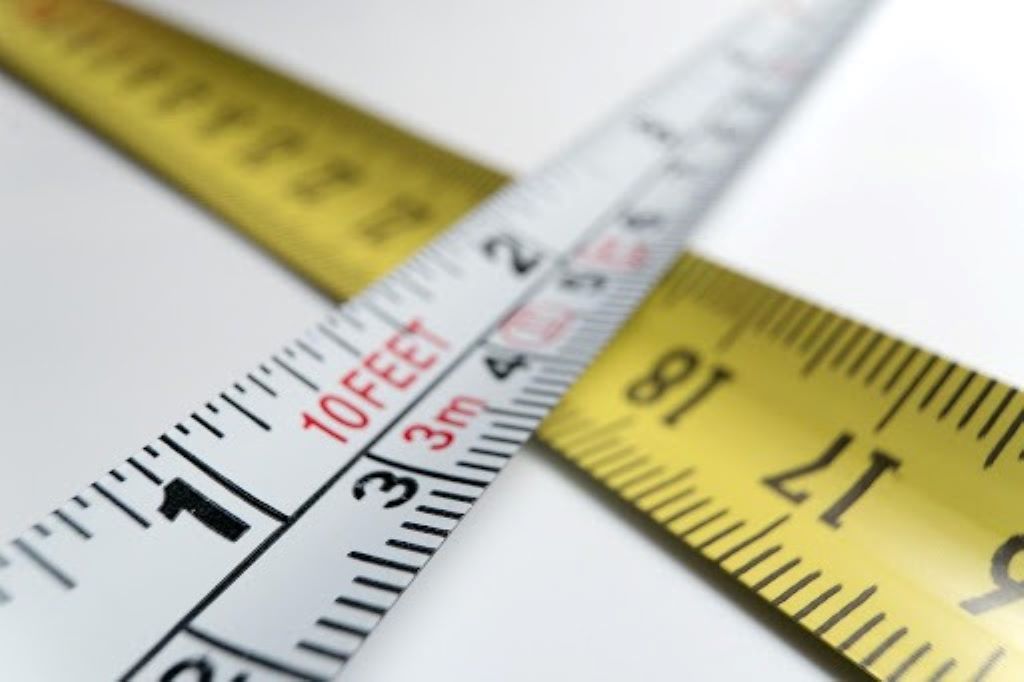Ever wondered why a simple ruler can be such a powerful tool in school, work, or real-life tasks? Whether you’re a student preparing for a practical exam, a DIY enthusiast, or a professional in a technical field, understanding how to take a ruler measurement test accurately is essential. This guide will take you through everything you need to know—from the basics of ruler measurements to how to ace a ruler reading test with confidence.
What Is a Ruler Measurement Test?
A ruler measurement test evaluates your ability to read and interpret measurements using a standard ruler. It is commonly used in educational settings, job assessments, and trade certification exams. The test may include questions that require measuring objects to the nearest inch, half-inch, quarter-inch, eighth-inch, or even sixteenth of an inch, as well as reading metric units such as millimeters and centimeters.
These tests help determine a person’s precision, spatial understanding, and attention to detail—skills that are critical in fields like engineering, construction, carpentry, tailoring, design, and science labs.
Why the Ruler Measurement Test Matters
Here’s why mastering ruler measurements can make a difference:
- Academic Success: Measurement is a fundamental part of school math and science curricula.
- Job Qualifications: Trades and technical jobs often use ruler tests during hiring or certification.
- Daily Use: From hanging a picture frame to cutting wood or fabric, you use ruler skills more than you think.
- Standardized Testing: Exams like GED, SAT, and ASVAB include questions related to linear measurement.
Understanding the Basics: How to Read a Ruler
-
Types of Rulers
There are generally two types of rulers:
- Imperial Ruler: Uses inches, divided into fractions (1/2, 1/4, 1/8, 1/16).
- Metric Ruler: Uses centimeters and millimeters (1 cm = 10 mm).
-
Imperial Units Breakdown
- 1 inch = 16 sixteenths (1/16)
- Each line on a standard ruler may represent:
- 1/2 inch (longest line between inches)
- 1/4 inch (second longest)
- 1/8 inch (shorter)
- 1/16 inch (shortest lines)
Pro tip: The smaller the fraction, the more precise the measurement.
-
Metric Units Breakdown
- 1 centimeter = 10 millimeters
- Each small mark represents 1 mm
- Every 10 mm equals 1 cm
The metric system is simpler and used worldwide except in the U.S., where the imperial system is more common.
Common Components of a Ruler Measurement Test
Most ruler tests contain:
- Visual Identification: You’re shown a ruler and asked what length a line stops at.
- Multiple-Choice Questions: You must select the correct measurement from given options.
- Real-World Application: Use a ruler to measure an object and record the result.
Some tests may include digital simulations, where you drag a ruler to measure a virtual item.

Tips to Ace the Ruler Measurement Test
- Practice Regularly
Use printable ruler worksheets or online ruler measurement quizzes to improve your speed and accuracy.
- Learn to Simplify Fractions
If a ruler shows a measurement at 4/16 inches, simplify it to 1/4 inch. Fraction simplification improves your accuracy and saves time.
- Understand Both Metric and Imperial
You never know what the test will use. Know how to convert between systems:
- 1 inch = 2.54 cm
- 1 cm = 0.3937 inches
- Pay Attention to Detail
When measuring, make sure the object starts at the zero mark—not the edge of the ruler, which may be worn or rounded.
- Use Real Objects
Practice measuring household items: books, pens, boxes. This improves familiarity with actual object sizes.
Ruler Measurement Examples (Imperial & Metric)
Here are some common examples you might see in a ruler measurement quiz:
Example 1: Imperial
Question: What is the measurement if the line falls on the third tick after the 2-inch mark?
Answer: If each small tick is 1/16 of an inch, then the third tick after 2 inches is 2 + 3/16 = 2 3/16 inches
Example 2: Metric
Question: A pencil measures up to the 17th small tick after 0. What is the length?
Answer: 17 mm = 1.7 cm
These types of questions are designed to test both your precision and understanding of ruler marks.
Real-World Applications of Ruler Measurements
Ruler skills aren’t just for passing a test. Here’s where they really count:
- Carpentry and Construction: Accurate measurements ensure parts fit perfectly.
- Tailoring and Fashion Design: Wrong measurements can ruin a garment.
- Graphic Design: Layouts must be exact down to the millimeter.
- Home Projects: From hanging art to fitting furniture, a ruler is your best friend.
- STEM Fields: Engineers, scientists, and architects rely on precise measurements for calculations and designs.
Ruler Measurement Test for Students
For middle school or high school students, a ruler reading test is a foundational skill in:
- Geometry
- Physics labs
- Biology experiments
- Art and design classes
Teachers often use printable ruler quizzes, interactive whiteboards, or online tests to reinforce the concept.
Ruler Measurement Test in Job Assessments
Employers in construction, warehousing, and technical trades often include ruler tests in their aptitude screening.
These tests evaluate:
- Measurement accuracy
- Spatial awareness
- Basic math and fraction knowledge
Tip: If applying for a trade job, spend time reviewing practical measurement tests and worksheets before the assessment.
Online Tools and Practice Resources
To prepare effectively, use:
- Free ruler quizzes – Websites offer visual tests where you identify measurements on virtual rulers.
- Printable measurement worksheets – Practice offline at your own pace.
- Measurement games – Gamified platforms make learning fun and interactive.
Popular platforms include:
- Math-Aids.com
- Khan Academy
- IXL
- Quizlet
- Teachers Pay Teachers
Final Thoughts
Mastering ruler measurement tests may seem basic, but it’s a foundational skill that plays a major role in both academics and the workforce. The ability to accurately read a ruler reflects your attention to detail, mathematical understanding, and practical thinking.
Whether you’re a student, a job seeker, or simply brushing up your DIY skills, consistent practice with both imperial and metric measurements will help you build confidence and precision.
Ready to Level Up Your Measurement Skills?
Take the next step! Try out some online ruler quizzes or measure a few objects around your house. Sharpen your understanding of fractions, millimeters, and centimeters. Don’t just aim to pass a test—aim to master a life skill.
👉 Have questions or want free ruler measurement worksheets? Drop your email in the comments and we’ll send you exclusive practice sheets!
Don’t forget to share this post with friends or coworkers who might be preparing for a ruler test too!
Read More:
Stanley 33-725 FatMax Tape Measure




